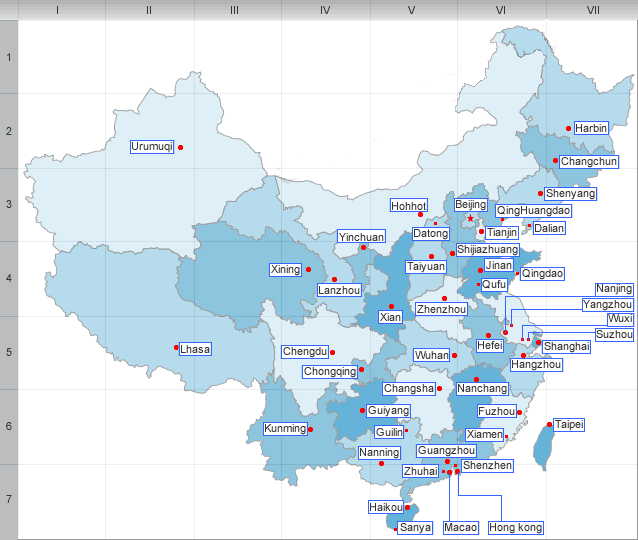History of Heilongjiang
History
In ancient times Heilongjiang was far from any literate civilization, and information was sparse. From Chinese and other sources we learn that Heilongjiang was inhabited by people such as the Xianbei, the Mohe, and the Khitan. The eastern portion of Heilongjiang was ruled by kingdom of Bohai between the 7th century and 10th century. The Jurchen Jin Dynasty (1115-1234) that subsequently ruled much of north China arose within the borders of modern Heilongjiang.
Under the Qing Dynasty, the western part of Heilongjiang was under the supervision of the General of Heilongjiang, whose power extended, according to the Treaty of Nerchinsk, as far north as the Stanovoy Mountains; eastern Heilongjiang was under the supervision of the General of Jilin, whose power reached the Sea of Japan. These areas deep in Manchuria were closed off to Han Chinese migration.
However, in 1858 and 1860 the Qing government gave up all land beyond the Amur and Ussuri Rivers to Russia, giving Heilongjiang its present northern borders. At the same time, Manchuria was opened to Han Chinese migration by the Qing government. By the early twentieth century, the Han Chinese had become the dominant ethnic group in the region. In 1932, present-day Heilongjiang became part of the Japanese puppet state of Manchukuo.
After Japanese defeat in 1945, the Chinese Communist Party control over most of the area. Heilongjiang became the first province to be completely controlled by the Chinese Communist Party and Harbin the first major city.
| PREV:History and Economy of Shaanxi | Next:Economy of Heilongjiang |



